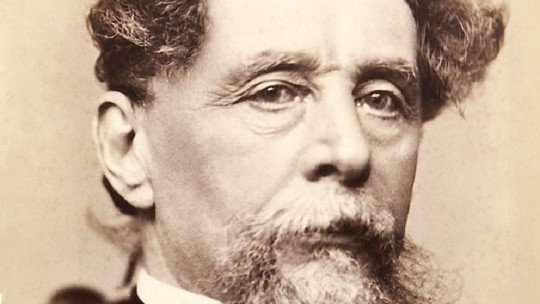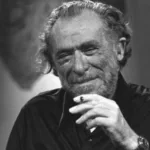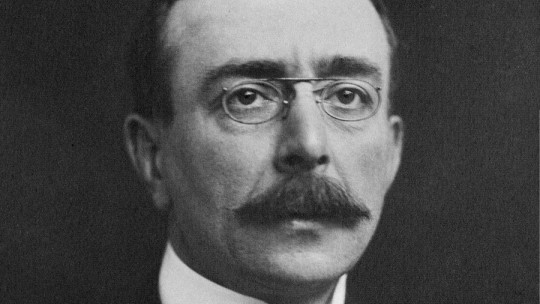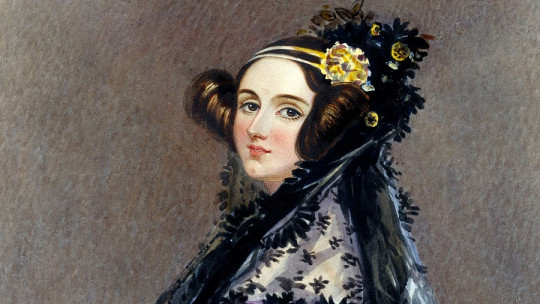All critics agree that David Copperfield, perhaps the most famous novel by Charles Dickens (1812-1870), is an almost autobiographical story. In it, the English writer makes reference to the very hard child labor, which he himself experienced in his childhood, and turns his protagonist into a lawyer’s intern, a job that Dickens also carried out before achieving fame as a novelist.
The protagonist’s unhappy marriage is also an echo of his own, which ended in 1858 after twenty-two years of union. Charles Dickens took the plot of his novels from real life; To do this, he used his astute gaze and his critical pen to create stories that stood as authentic social denunciations.
In today’s article we review the life of the author of David Copperfield and Oliver Twist : the great writer of the Victorian era, Charles Dickens.
Brief biography of Charles Dickens, one of the most important English writers
Not everyone fell for his stories. Virginia Woolf (1882-1941) and Henry James (1843-1916) said of his writing that it was “too sentimental” and that his characters had no psychological depth. Well, you can’t please everyone. However, in general, each work of Dickens caused a tide of applause. The public was in love with his star writer, whose life was not always, as we will see, a bed of roses.
A hard, very hard childhood
Just as it happens to David Copperfield in his novel or little Oliver in Oliver TwistDickens’s childhood was unhappy and could well have been the plot of one of his stories.
He barely went to school ; only two and a half years in total, in which he learned to read and write and a general culture that he later expanded with his extraordinary work capacity. Dickens was self-taught, and his undeniable energy is not only seen in his determination to learn, but was also evident later, in his writing career.
During his adult life, Charles wrote relentlessly during marathon days, perhaps a memory of that first job his parents found him when he was twelve years old. Little Charles spent ten hours a day, six days a week, sticking labels on jars of shoe polish. For this exhausting task he received six shillings a week, which he gave almost entirely to his family every Sunday, when he went to visit them in prison.
In those years, the father, John Dickens, was imprisoned for debt, and his wife and the rest of his children had moved with him to the cell, which, although it may seem surprising, was common at the time. Poor Charles’s income was his only means of support, until, fortuitously, the boy’s grandmother died and she left John Dickens a sum of 250 pounds, enough to pay off his debts and get out of jail.
If there was one thing Charles never forgave his father, it was that, once free, he did not take him out of the bitumen factory John and Elizabeth, his mother, took a long time to go look for him, and this helplessness took its toll on the boy’s spirit. From then on he was a staunch opponent of child labor and, therefore, of slavery, which he witnessed during his first trip to the United States.
First steps in the press
When Charles Dickens was fifteen years old he went to work as an intern in a London law firm. A tireless worker, at night he studied theater (his great frustrated vocation) and shorthand, which was going to be so useful to him during his career as a journalist.
It is the 1830s, the golden years of the press. In 1834, the newspaper The Morning Chronicle hires young Dickens as parliamentary reporter; His mission was, therefore, to relay in writing what was happening in Parliament. Thanks to his quick and ingenious pen, the chronicles of Charles Dickens begin to be popular, which attracts the attention of another editor, who asks him for a series of customs articles on London society. Under the pseudonym of Boz (the name his little brother had given him), Dickens begins to write what will later be published under the title of Sketches (Sketches), an authentic social chronicle full of irony and humor, which had tremendous success.
In 1836 it appears The Pickwick Club Posthumous Papers, a work that definitively launches him into fame at only 24 years old. The years of economic hardship are long behind us; Now, young Charles can make a full living as a journalist and writer. And luckily he was able to do it, since, from his marriage to Catherine T. Hogarth (the daughter of the director of the Morning Chronicle) no less than ten children were born.
The voice of the helpless
Charles Dickens was a fervent Christian, follower of Anglicanism and very attentive to the lives of the most miserable. With the memory of his hard childhood intact in his mind, he begins to write what will be considered “social novels,” where he denounces the situation of the most helpless classes: workers, orphans, the homeless, prostitutes.
In 1837 it appears Oliver Twist, his first great novel, where he tells the sad story of an orphaned boy. Obviously, he also has autobiographical overtones; The unhappy childhood is a constant in the author’s work. A few years later, in the early 1840s, Dickens and Catherine They travel to the United States, where the writer has the opportunity to see the drama of slavery face to face Terrified by what he considers an aberration of humanity, he writes a travel diary, the American Notes of Him, which earns him rejection from the most conservative sectors of America.
Also at the beginning of 1840 (in 1843, to be exact) a work appears that is destined to transform the concept of Christmas. This work is none other than A Christmas Carol (A Christmas Carol), a beautiful story that illustrates the importance of charity and love of neighbor, two things of which Dickens was always an ardent champion. The story was a resounding success and changed the way people celebrated the Christmas holidays The Christmas tree became fashionable again and carols were sung in the streets again, not to mention that greeting cards became extremely popular.
Divorce and final successes
Despite his numerous literary successes, Dickens’s married life is not going through its best moments. The writer works tirelessly and neglects his children, which turns Catherine into a slave to the home
The last straw is the rumors that Dickens has made a very young actress, Ellen Teman, who was eighteen years old at the time (the writer is already over forty-five), his lover. Catherine and Dickens separate, with great public scandal, after more than twenty years of marriage.
Despite the family situation, the 1850s continued to bring the author literary successes. In 1859 it appears History of two citiesconsidered by critics to be one of his best works.
The story takes place in revolutionary France and traces the experiences of two families from Paris and London, respectively. A few years earlier, just at the beginning of the decade, his successful book appeared in book format. David Copperfieldwhich manages to sell a whopping 100,000 copies (we must bear in mind that, in Dickens’s time, circulations were about 500).
After the American Civil War and the end of slavery, Charles Dickens returns to the United States and embarks on a series of tours that keep him busy and exhausted. The writer gives numerous conferences around the country, as well as sessions where he reads aloud many of his works, and is acclaimed with devotion. Upon his return to England, Queen Victoria I herself receives him in audience. Charles Dickens is already the most popular English-speaking writer.
Humble and simple until the end
However, little remains of his life. In June 1865 Dickens suffered a serious accident while traveling on the railway. While crossing a bridge that was under construction, seven of the cars fell into the river and the passengers perished. The carriage in which the writer was traveling was miraculously saved, and Dickens spent a lot of time helping the wounded. It was later discovered that traveling with him was his young lover, Ellen Teman, who was rumored to have given the writer a son who had died at birth.
The consequences of the accident took a toll on his health. On June 9, 1870, just five years after the derailment, Charles Dickens died at his Gad’s Hill home from a stroke. He is buried against his will in the so-called Poets Cornerfrom Westminster Abbey. He, true to his spirit, wanted to rest in a simple and almost anonymous place But how could England let one of its most important novelists remain forgotten…?









